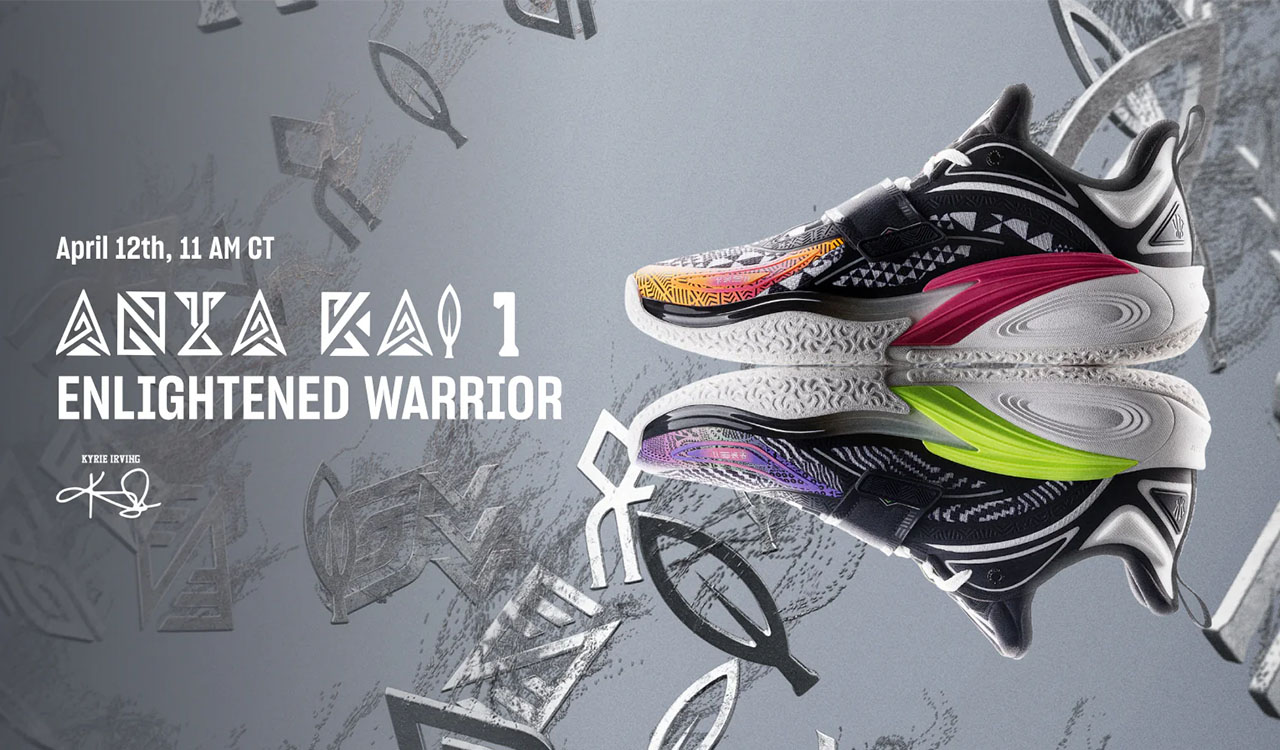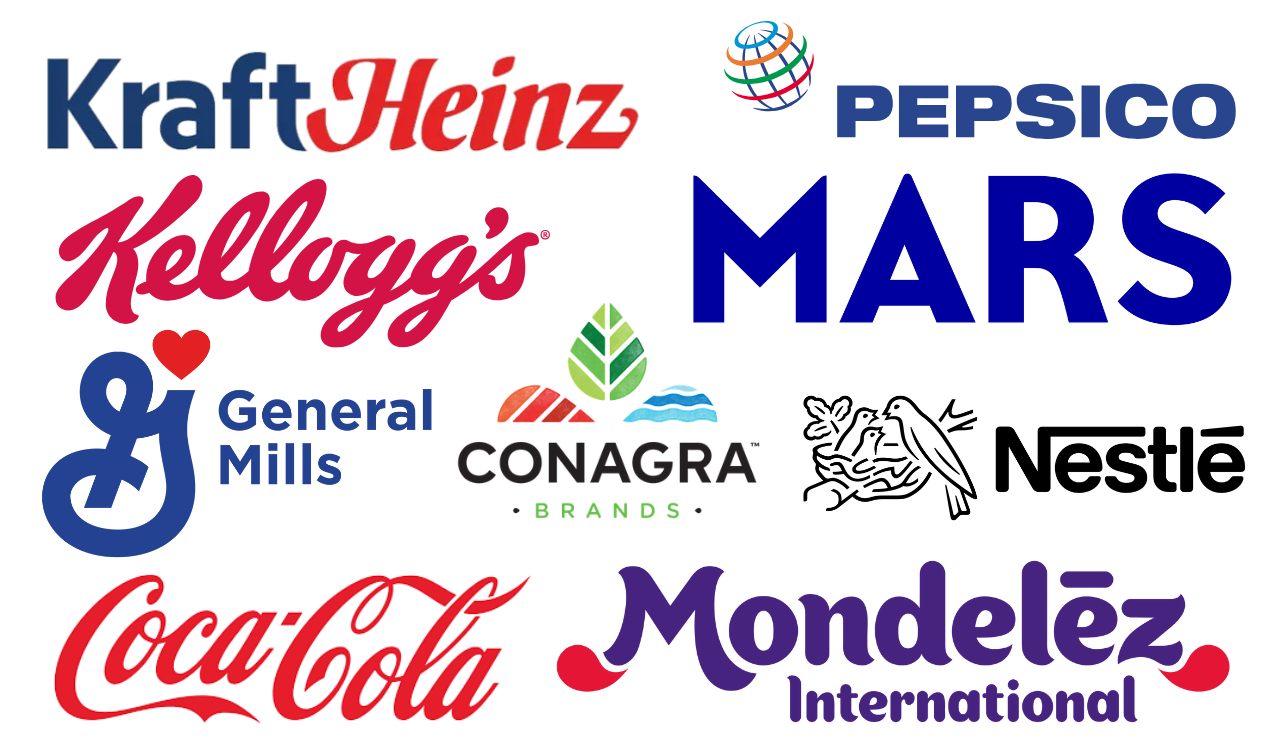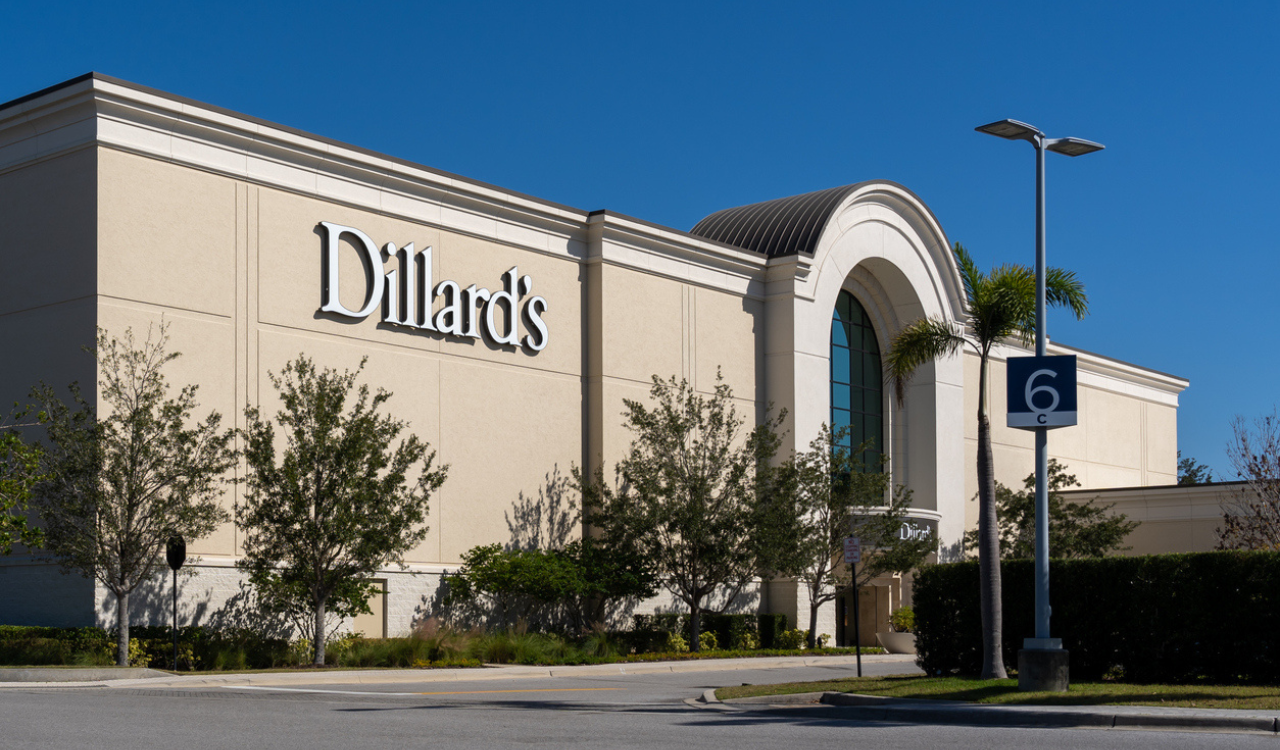Basketball fans in the U.S. have long associated the sport with Nike’s iconic swoosh which has dominated the game for decades. And yet it is the Chinese brand of basketball shoes, ANTA, that signed Team USA’s men’s 3×3 basketball team at the Paris 2024 Olympics.
While its pricing remains accessible such as the ANTA KAI 2 “Solar Return,” which retails for $125, the brand unlike many other Chinese brands expanding globally is not positioning itself as a low-cost label. Additionally, ANTA is shifting distribution into second gear. It currently has no direct stores in the U.S. but continues to expand its physical footprint through partnerships with retailers like Dick’s Sporting Goods and activations at Foot Locker.
China’s Edge
ANTA may be the new player on the U.S. court, but in China, it has never been more popular. ANTA’s revenue grew by 10.6 percent to reach RMB 33.52 billion in 2024. And there are no signs of slowing down. CEO Xu Yang is confident that Anta, founded in 1991, will overtake Nike in China within three years.
According to Chris Baker, Founder at TOTEM, “ANTA has done a great job of pulling market share from Nike in China. Its success versus Nike in China owes somewhat to nationalistic sentiment (of Chinese who are proud of its national brand champ) but also comes as a result of; (1) investing in innovation and design, and (2) offering better value for customers. Add to this, ANTA, in China has been able to develop a real ‘cool factor’ at home with a more edgy, fresh marketing playbook, whereas Nike has defaulted to a more staid, safety-driven approach there in recent years.”
The Chinese brand may enjoy a home advantage but the biggest prize is the U.S. market. According to Euromonitor data published by McKinsey & Co, the sporting goods industry in North America is projected to grow from $165 billion in 2024 to $209 billion by 2029.
ANTA entered the U.S. in March 2024, but fast-forward 12 months, it is on track to become not just a spectator, but a real player in the U.S. sportswear market.
Basketball Factor
ANTA’s game plan to win in the U.S. has been to hyperfocus on basketball. The NBA provides an opening to a large following with a young and diverse fanbase. Athlete endorsements are nothing new but a tactic straight out of Nike’s playbook. According to a YouGov U.S. survey, 38 percent and 30 percent of NBA male and female fans respectively are interested in the players who play in the league. ANTA’s roster includes recent signings, Caris LeVert (Cleveland Cavaliers), Derrick Jones Jr. (Los Angeles Clippers) and Daniel Gafford (Dallas Mavericks). The NBA’s pulling power isn’t just about popularity but gives ANTA permission to play in a must-win market.
As Elisa Harca, Co-Founder and CEO of Red Ant Asia notes, “It’s a very smart move to align to a sport such as basketball, that is highly watched in both the U.S. and China. It’s a smart move for them internationally and domestically. It also shows that they have a clear focus and seek to build a genuine community and brand ambassadors around a genre as the key focus, showing that they are not just a fashion shoe but a highly trusted performance footwear choice. It’s a really strong play, and will be the halo for success.”
X Factor
However, ANTA has made its mark through exclusive collaborations with NBA stars, notably the ANTA x Klay Thompson and ANTA x Gordon Hayward lines. While such partnerships are common in the sports industry, ANTA’s breakthrough came with the appointment of NBA star Kyrie Irving as its Creative Officer of Basketball. The Dallas Mavericks guard, with 20.2 million Instagram followers, is one of the league’s most favorite players. According to a Q4 2024 ranking, Irving ranked as the fifth most popular NBA player among Millennials.
Cool Factor
It is the powerful influence of Irving that has helped to cultivate ANTA into a lifestyle brand. The ANTA KAI collection by Kyrie Irving is delivering returns to be measured not in sales revenue but in image transfer. According to the latest trend report, Big Facts: Current Culture Index 2025, ANTA is the fastest-growing sneaker brand on StockX. Its stand-out appeal driven by Kyrie Irving’s distinctive design direction, propelled the brand to an astonishing 1,901% year-over-year growth. The latest ANTA Kai 2 “Solar Return” colorway collection inspired by the solar spectrum is a telling sign of the brand’s high aspirations for the U.S. market. Whisper it quietly but has ANTA achieved cool status?
Can Anta Win in the U.S.?
ANTA is increasing its brand awareness and visibility in a highly competitive and increasingly fragmented market. Baker observes, “Too many Chinese brands have wanted to fast-track and short-cut success in the U.S., which has seen them focus on being cheap, spending on customer acquisition…at the expense of branding and quality.” While its pricing remains accessible such as the ANTA KAI 2 “Solar Return,” which retails for $125, the brand unlike many other Chinese brands expanding globally is not positioning itself as a low-cost label. Additionally, ANTA is shifting distribution into second gear. It currently has no direct stores in the U.S. but continues to expand its physical footprint through partnerships with retailers like Dick’s Sporting Goods and activations at Foot Locker.
Setting tariffs aside which will affect Chinese but also U.S. sportswear brands given their manufacturing presence in Southeast Asia, a growing anti-Chinese sentiment could challenge ANTA’s expansion plans. As Baker notes, “Most American customers are unlikely to avoid ANTA for purely nationalist reasons BUT the China stigma is still a massive hurdle. Escalating trade tensions only make this more difficult into 2025.”
According to a 2024 survey, only 15.2 percent of North American respondents have a positive sentiment toward Chinese brands. However, the brand downplays its Chinese origins – its U.S. website makes no mention of its ownership. This strategy has proven effective for other Chinese global players, notably SHEIN, to mitigate a potentially negative consumer backlash.
New Heights?
Anta Sports, which boasts a diverse portfolio of brands through acquisitions of high-profile brands like FILA, Descente and Kolon Sport, reported a record-high revenue of RMB 70.8 billion in 2024. The parent company is certainly not short on ambition to expand both in scale and scope. The latest acquisition target is the German outdoor apparel brand, Jack Wolfskin. According to Harca, “ANTA is a big group of companies, with strong resources throughout the full cycle of footwear – from design and manufacturing to marketing – it’s for sure going to make a big impact.”
Should Nike and Adidas be concerned about this emerging competitive threat? Maybe. While ANTA’s arc logo is unlikely to dethrone Nike’s Swoosh, other Chinese sportswear brands are eying up the U.S. Li Ning, X-tep and 361° are making inroads into the U.S. market against a backdrop in which challenger brands like On have proven that consumers are searching for innovation and newness.
ANTA is still a relatively small player but is learning to take on the Nikes at its own game. It is a brand to watch as Chinese brands are known to play the long game. The unpredictability of U.S.-China trade relations could be a major distraction as tariffs of 145 percent on goods from China are likely to cause price increases for the U.S. consumer but as Harca notes, “The quality of the products, the style of the designs, the smart focused strategy aligning with superstar sports and athletes, I feel it’s a strong move, and I anticipate success.” Its slogan, “Keep Moving” is a reminder that the brand will not give up easily.





